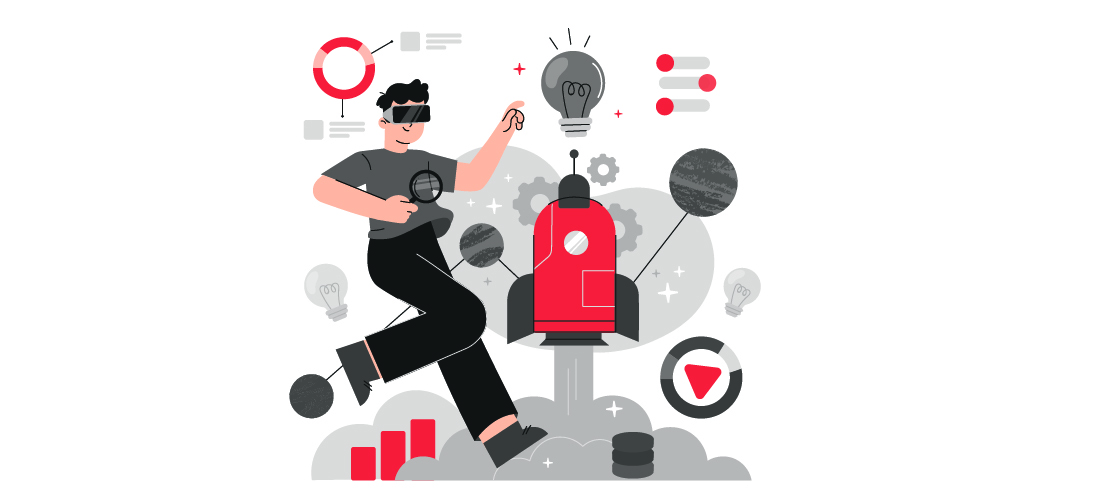Experiential Marketing
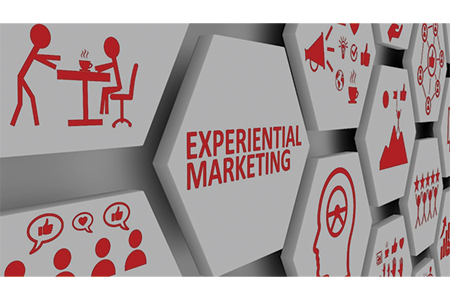
Picture this: You walk into a room filled with the scent of freshly brewed coffee, a gentle rhythm of upbeat music in the background, and a brand has created a cozy corner that feels like it was designed just for you. You’re not just looking at a product. You’re part of something. You remember how it made you feel. And you can talk about it later. That’s the power of experiential marketing. It makes people feel.
Introduction: What is Experiential Marketing and Why It Matters for Modern Brands
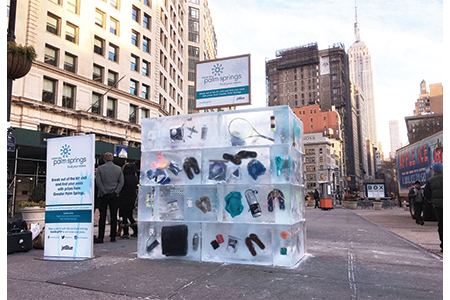
Experiential marketing is more than just another tactic in a brand’s toolbox. It’s about making people live the brand. Instead of telling them what your brand is about, you show them. You invite them into a space where they can feel, touch, taste, hear, or see something that connects them to your story.
In today’s crowded world of ads and content, attention is short. But when people experience something memorable, they don’t just remember, they share it, talk about it, and come back for more. That’s why experiential marketing is becoming essential. It doesn’t sell. It involves. And in a world full of noise, involvement is rare.
How Experiential Marketing Strategy Boosts Engagement, Loyalty, and Real Customer Connections

Experiential marketing strategies work because they tap into emotions. People might forget what you said or did, but they won’t forget how you made them feel. When a brand offers a real-life experience, it becomes personal.
These experiences build brand loyalty. When customers feel involved, they feel valued. And when they feel valued, they stick around. That loyalty leads to more than repeat purchases, it turns into advocacy.
It also boosts engagement. A campaign that pulls people into action, like trying a product, entering a branded space, or playing a game creates moments worth sharing. These moments find their way onto social media, multiplying the brand’s reach.
Experiential marketing also creates positive memories. A good experience becomes a story. And stories spread faster than ads.
A Step-by-Step Guide to Designing and Executing an Experiential Marketing Campaign
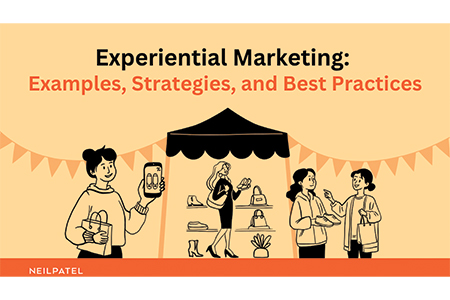
Creating an experiential marketing campaign is not random. It starts with clear thinking and a strong connection to your brand’s values. Here are the essential steps:
Know Your Audience
Before you create an experience, understand who it’s for. What do they enjoy? What excites them? What do they talk about?
Define Your Purpose
Decide what the campaign should achieve. Is it awareness? Engagement? Product trial? Every step should lead toward that goal.
Create the Experience
Design something real. Think about how people will enter, what they’ll see, what they’ll do, and how they’ll feel. Keep your brand message at the center.
Use the Right Channels
Plan how people will discover the experience. Will it be promoted on social media? Through influencers? Through email?
Make It Shareable
Give people reasons to post about it. Build spots for selfies. Add surprise elements. Think of social media as part of the experience, not just the follow-up.
Measure and Improve
Track engagement, feedback, and online conversations. Use this data to learn what worked — and what to try next time.
Advantages of Experiential Marketing That Make It a Smart Strategy for Growing Brands
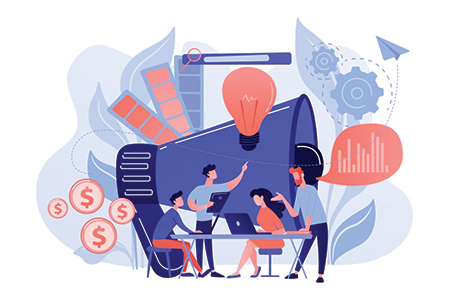
Increases Brand Awareness
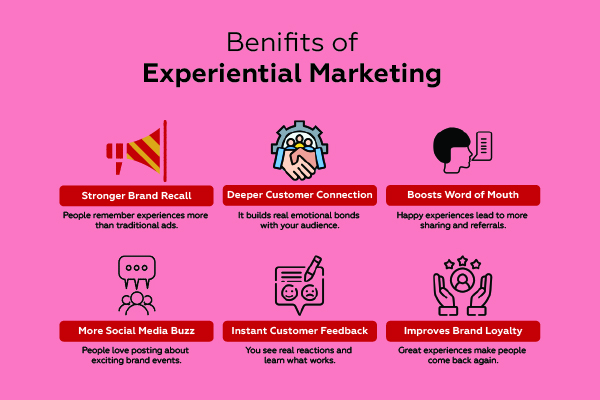
Live experiences bring attention. Whether it's a public stunt or a branded event, it makes people stop and look.
Enhances Customer Engagement
It pulls people in. They don’t just watch — they participate.
Builds Emotional Connections
The best experiences leave people feeling something. Emotion makes brands human.
Drives Word of Mouth Marketing
People talk about what they experience. They share it in real life and online.
Boosts Customer Retention
A good experience can be more powerful than a discount. It brings people back.
Creates Differentiation
When your brand gives a real experience, it stands out in a world of digital noise.
Improves Brand Perception
It makes the brand more modern, more relatable, and more exciting.
Enhances Social Media Reach
People love to share unique moments. Your brand becomes part of their feed.
Provides Valuable Consumer Insights
You can observe behavior, gather feedback, and understand your audience better than with surveys.
Strengthens Brand Identity
It brings your values to life. It shows who you are — not just what you sell.
Key Elements That Make Experiential Marketing Campaigns Truly Work

Engagement: Making the Audience Feel Part of the Brand
The experience should draw people in. It should invite them to be part of the story.
Immersive Experiences: Surrounding the Audience in a Branded World
The more senses it touches, the deeper it goes. Sights, sounds, smells, tastes, and touch all matter.
Brand Activation: Turning the Brand Message into Real World Action
It’s not just about showing up. It’s about doing something that connects people with your brand in the moment.
Personalization: Crafting Experiences That Feel Tailored
People love it when something feels made for them. Add their name, adjust the content, and let them choose.
Interaction: Creating Two-Way Communication with Your Audience
Passive watching is not enough. Let them do something. Let them shape the experience.
Emotional Connection: Building Trust Through Feelings, Not Just Facts
Make people feel something. Joy, surprise, curiosity — emotion is the glue that holds the memory.
Storytelling: Giving the Experience a Narrative That People Remember
Wrap the experience in a story. Make it part of a bigger message. Let people become characters in it.
Multi-Sensory Appeal: Engaging Sight, Sound, Smell, and More
Great experiences talk to more than one sense. Music, texture, lighting, flavor all of it adds depth.
Real-Time Interaction: Keeping the Experience Dynamic and Alive
Respond, engage, and adapt. The best moments happen when things feel alive and spontaneous.
Technology Integration: Using Tools to Deepen the Experience
Tech can enhance, not replace. Use AR, touchscreens, wearables, or apps to make the experience smoother or more magical.
Smart Strategies to Execute Different Types of Experiential Marketing That Get People Talking
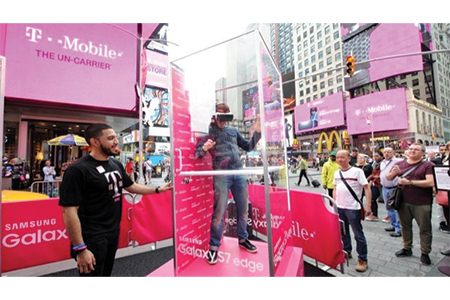
Event Marketing: Hosting or Participating in Events That Draw Attention
Create your own branded event or be part of a larger one. Make your brand the host of a moment.

Pop-Up Shops: Temporary Retail Experiences That Spark Curiosity
Short-term stores or spaces that surprise and delight. They feel fresh, exclusive, and exciting.
Influencer Partnerships: Creating Experiences with Trusted Voices
Invite creators to be part of the experience. They bring authenticity and reach.
Branded Installations: Eye-Catching Setups That Stop People in Their Tracks
Large, immersive setups that stop people in their tracks. Art, tech, or interactive setups all work well.
Sampling and Free Trials: Letting People Try Before They Buy
Let people try your product in a way they’ll remember. Tie it to a setting or activity they enjoy.
Interactive Experiences: Letting Users Shape the Outcome
Games, touchpoints, or choices that let people shape their own journey.
Augmented and Virtual Reality (AR/VR): Taking Audiences Into New Worlds
Take people into new worlds or bring the brand story to life in unexpected ways.
Gamification: Making Brand Interactions Fun and Rewarding
Turn the experience into a game. Add challenges, scores, and rewards.
Storytelling and Brand Narratives: Building Experiences That Have Meaning
Every element should link to a bigger idea or message. Let people feel part of something meaningful.
Social Media Integration: Amplifying the Experience Across Platforms
Make it easy and tempting for people to share. Hashtags, photo booths, branded filters — all help extend your reach.
Real World Experiential Marketing Examples That Got It Right
Coca-Cola’s “Share a Coke”
They replaced the logo with people’s names. Suddenly, everyone was searching for their bottle. It became personal and instantly shareable.
Airbnb’s “Night at” Campaigns
Airbnb offered people a chance to sleep inside places like the Paris Catacombs or a LEGO house. It wasn’t just about booking a room it was a story worth sharing.
IKEA’s Sleepover
IKEA hosted a sleepover in one of their stores, letting people enjoy the comfort of their products in real life. It created a huge buzz and emotional connection.
Nike’s Trial Zones
In some Nike stores, customers can test shoes on a mini basketball court or treadmill. It turns shopping into an experience.
Red Bull’s Stratos Space Jump
A man jumped from the edge of space with Red Bull branding all over him. Millions watched. It was thrilling, bold, and completely on brand.
Conclusion
Experiential marketing meaning goes beyond making noise, it’s about making memories. It is not just about big budgets or viral stunts. It’s about showing your audience that they matter. It’s about building stories together, not shouting messages at them. Whether it’s a tiny pop up in a local market or a global event with millions watching, the goal remains the same — connection.
Brands that invest in real experiences build stronger trust, create lasting memories, and become part of people’s lives.
If you're looking for a trusted partner, experiential marketing agency Mumbai based experts at Excellent Publicity help brands bring their vision to life. From idea to execution, this experiential marketing agency crafts experiences that spark conversations, loyalty, and results. Let’s make your brand unforgettable.
FAQs
Experiential marketing creates real experiences that make people feel connected to the brand. It builds emotional bonds, encourages participation, and makes the interaction memorable, leading to stronger customer engagement and more lasting relationships.
You can measure success by tracking event attendance, social media mentions, content shares, lead generation, and customer feedback. These metrics show how people responded and how well the experience supported your brand goals.
Costs can vary depending on the idea, scale, and location. You may spend on event setup, materials, staff, promotion, and technology. Even small campaigns can work well if the concept is strong and well-executed.
Focus on your audience’s interests. Keep the experience simple, emotional, and interactive. Use storytelling, surprise, and personal touches. Make it easy to share on social media so people talk about it even after it ends.
Brands use tools like AR, VR, touchscreens, and projection mapping to create fun and immersive experiences. These technologies help make the experience feel fresh, modern, and engaging for both live and digital audiences.


